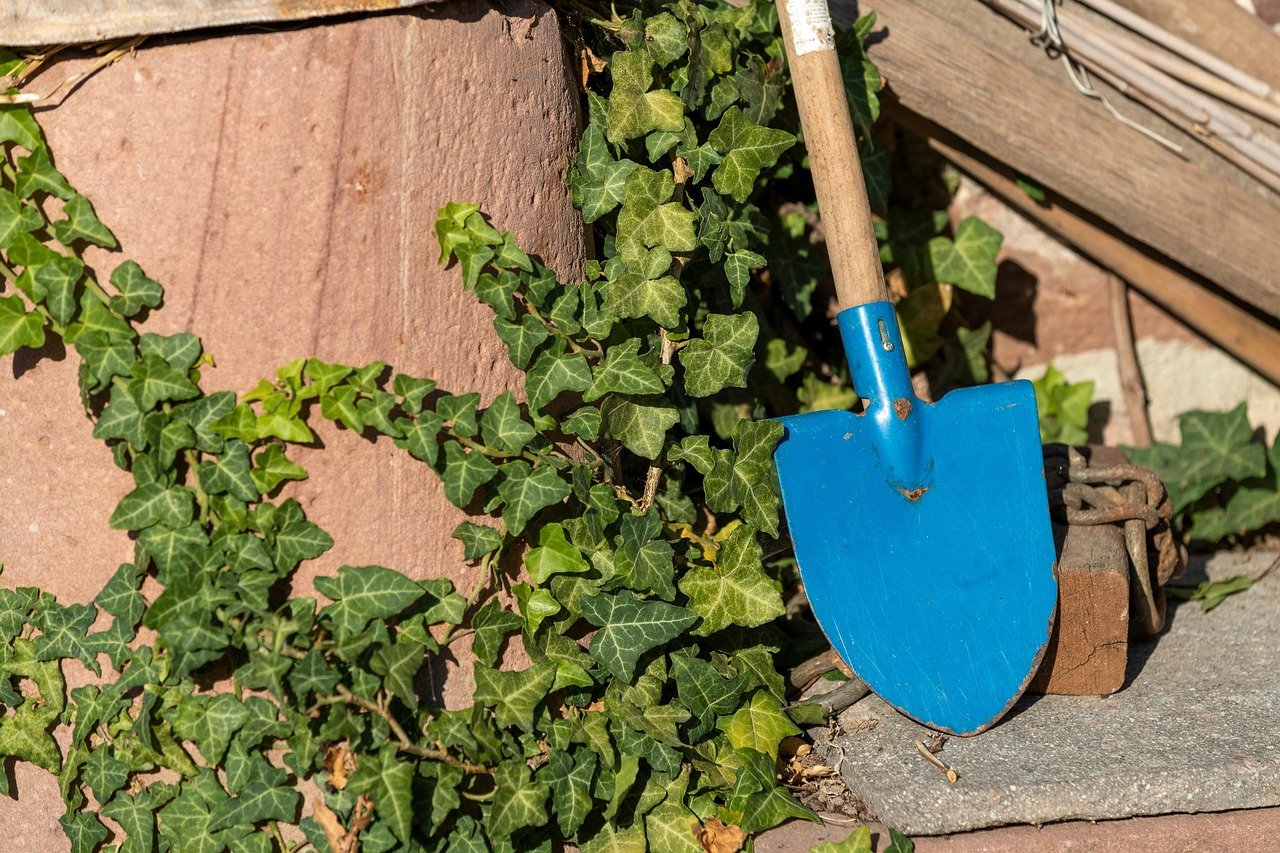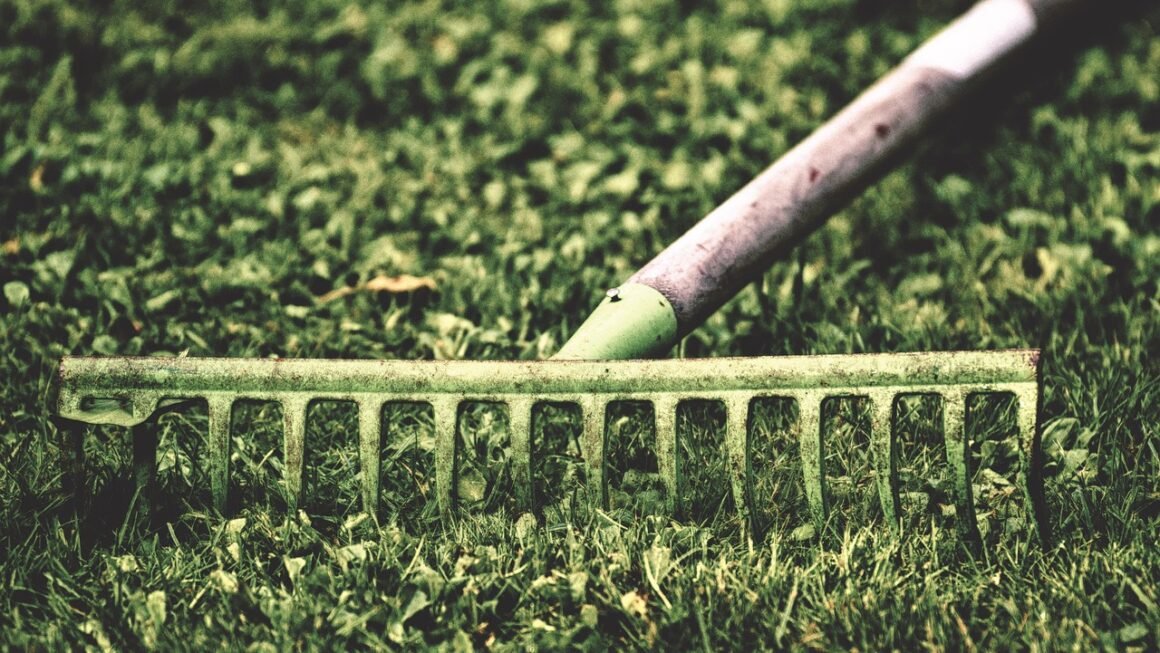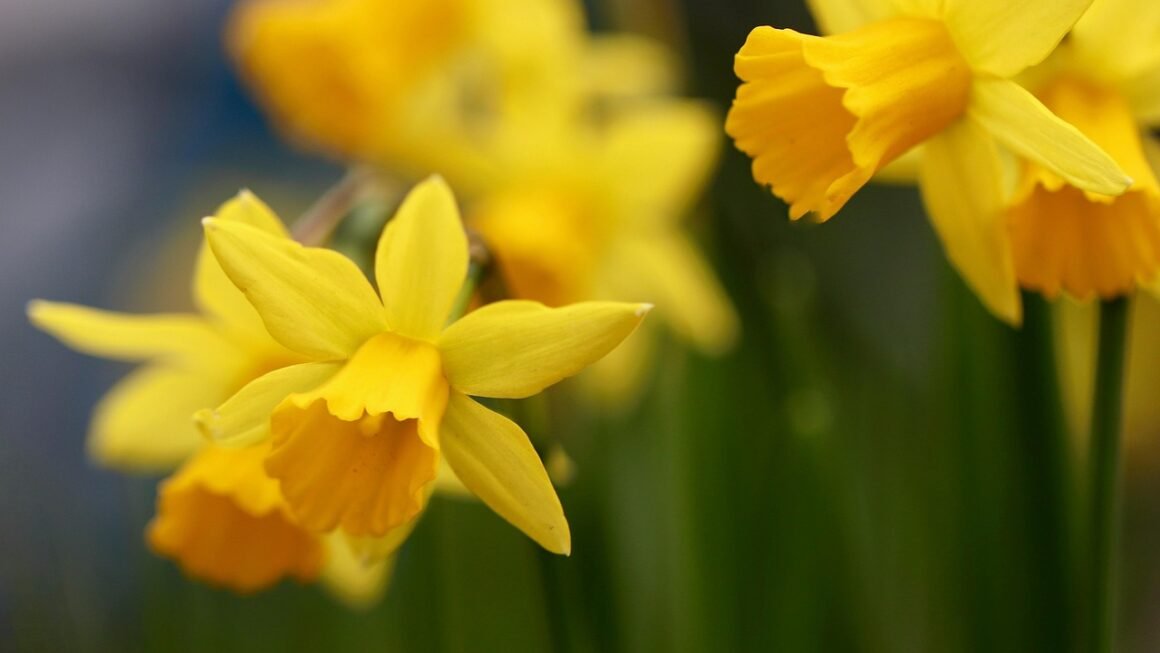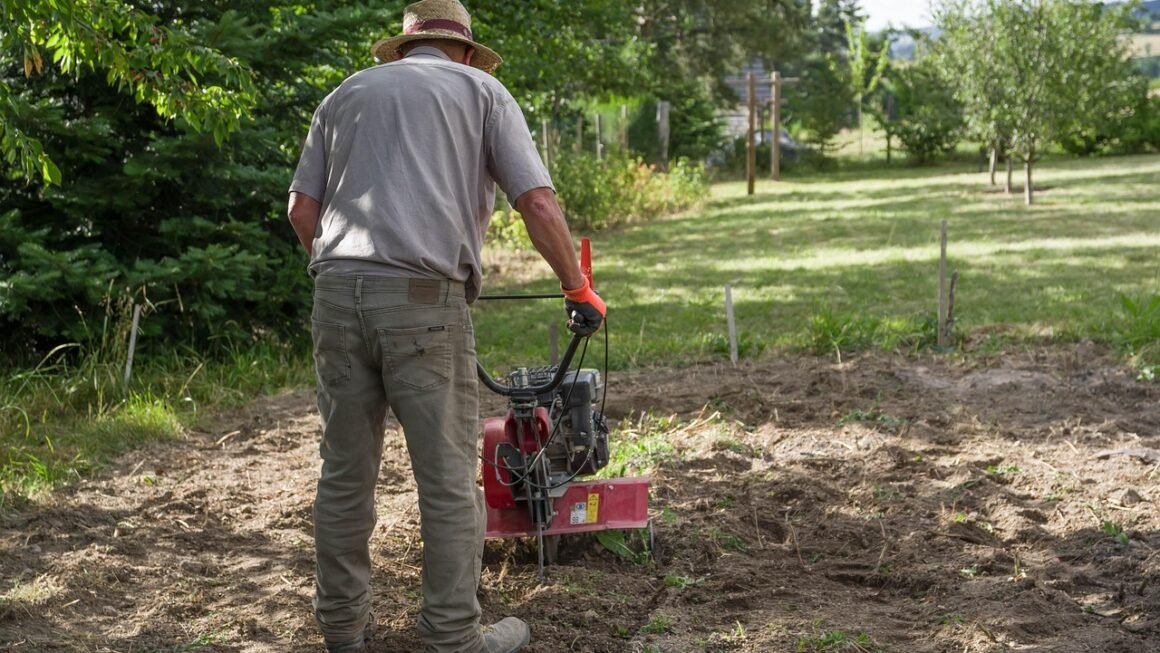Peat moss: the dark, fibrous material that many gardeners rely on for everything from starting seeds to improving soil drainage. But what exactly is peat moss, and why is it such a popular gardening amendment? This comprehensive guide dives deep into the world of peat moss, exploring its properties, uses, sourcing, and sustainable alternatives. Whether you’re a seasoned gardener or just starting out, understanding peat moss is crucial for healthy, thriving plants.
What is Peat Moss?
Formation and Composition
Peat moss isn’t actually a type of moss, but rather the partially decomposed remains of Sphagnum moss species. These mosses grow in peat bogs, which are wetland ecosystems characterized by acidic, nutrient-poor conditions. Over thousands of years, layers of Sphagnum moss accumulate and decompose slowly, forming peat.
- The decomposition process is slow due to the acidic and anaerobic (oxygen-deprived) environment in the bogs.
- This slow decomposition preserves the moss’s cellular structure, giving peat moss its unique water-holding capacity.
- Peat moss is primarily composed of organic matter, but also contains small amounts of minerals.
Key Properties of Peat Moss
Peat moss boasts several properties that make it highly desirable in horticulture:
- Excellent Water Retention: Peat moss can hold many times its weight in water, making it ideal for retaining moisture in soil.
- High Air Porosity: While retaining water, peat moss also maintains good air porosity, which is crucial for root health. This means roots can access both water and oxygen.
- Acidic pH: Peat moss typically has a pH between 3.0 and 4.5, making it suitable for acid-loving plants like blueberries, azaleas, and rhododendrons.
- Nutrient-Poor: Peat moss is relatively devoid of nutrients, which allows gardeners to control fertilization more precisely.
- Lightweight: This makes it easy to handle and transport, especially when mixed into potting mixes.
- Disease-Free and Weed-Free: Peat moss is typically sterile, reducing the risk of introducing diseases or weeds to your garden.
Uses of Peat Moss in Gardening
Seed Starting
Peat moss is a popular component of seed starting mixes. Its ability to retain moisture while providing good air circulation promotes germination and healthy seedling growth.
- Example: A common seed starting mix combines peat moss, vermiculite, and perlite in equal parts. This provides a sterile, well-draining, and moisture-retentive environment for seeds to sprout.
- Practical Tip: Moisten the peat moss thoroughly before mixing it with other components to avoid dust and ensure even distribution of moisture.
Soil Amendment
Peat moss can improve soil structure, drainage, and water retention in various soil types.
- For Sandy Soils: Peat moss helps sandy soils retain water and nutrients, preventing them from draining away too quickly.
- For Clay Soils: Peat moss loosens heavy clay soils, improving drainage and aeration.
- Application: Amend soil by incorporating peat moss into the top several inches of the soil surface. The amount needed will vary depending on soil type and plant needs.
Potting Mixes
Peat moss is a primary ingredient in many commercial and DIY potting mixes. Its water retention and aeration properties create an ideal environment for container plants.
- Example: A typical potting mix might consist of peat moss, perlite, and compost. The perlite enhances drainage, while the compost provides nutrients.
- Practical Tip: Adjust the proportions of peat moss and other ingredients based on the specific needs of your plants. For example, cacti and succulents require a mix with less peat moss and more drainage materials.
Acid-Loving Plants
The acidic nature of peat moss makes it beneficial for plants that thrive in acidic conditions.
- Examples: Blueberries, azaleas, rhododendrons, camellias, and hydrangeas.
- Application: Incorporate peat moss into the planting hole when planting acid-loving plants, or use it as a top dressing around the base of the plants.
Environmental Concerns and Sustainability
Peat Bog Ecosystems
Peat bogs are unique and valuable ecosystems that play a crucial role in carbon sequestration. Harvesting peat moss can have significant environmental impacts.
- Carbon Storage: Peat bogs store vast amounts of carbon. Disturbance of these bogs releases carbon dioxide into the atmosphere, contributing to climate change. Studies estimate that peatlands store twice as much carbon as all the world’s forests.
- Habitat Loss: Peat bogs provide habitat for specialized plants and animals. Harvesting peat moss destroys these habitats and can lead to biodiversity loss.
- Water Quality: Peat extraction can alter water flow patterns and negatively impact water quality.
The Debate Over Peat Moss Usage
The environmental concerns surrounding peat moss harvesting have led to a debate over its sustainability and the need for alternatives.
- Proponents of Peat Moss Use: Argue that peat bogs are renewable resources, and that responsible harvesting practices can minimize environmental impacts. They also emphasize the unique properties of peat moss that are difficult to replicate with alternatives.
- Opponents of Peat Moss Use: Advocate for the reduction or elimination of peat moss use in gardening and horticulture, citing the significant environmental damage caused by peat extraction.
Sustainable Alternatives to Peat Moss
Several sustainable alternatives to peat moss are available, offering similar benefits without the same environmental drawbacks.
- Coconut Coir: Made from the fibrous husk of coconuts, coir is a renewable resource with excellent water retention and aeration properties.
- Compost: Decomposed organic matter, compost provides nutrients, improves soil structure, and enhances water retention.
- Leaf Mold: Decomposed leaves, leaf mold is a valuable soil amendment that improves drainage and aeration.
- Wood Fiber: A byproduct of the timber industry, wood fiber can improve soil structure and drainage.
- Rice Hulls: A byproduct of rice production, rice hulls improve drainage and aeration in potting mixes.
How to Use Peat Moss Responsibly
Sourcing and Certification
If you choose to use peat moss, consider sourcing it from companies that practice responsible harvesting methods. Look for certifications that indicate sustainable harvesting practices.
- Veriflora Certification: Certifies peat moss harvesting operations that meet certain environmental and social standards.
- Responsible Peatland Management: Promotes sustainable peatland management practices.
Reducing Peat Moss Usage
Minimize your reliance on peat moss by incorporating sustainable alternatives into your gardening practices.
- Composting: Make your own compost from yard waste and food scraps.
- Using Local Resources: Explore locally available soil amendments and composting materials.
- Soil Testing: Conduct soil tests to determine your soil’s needs and amend accordingly, rather than automatically adding peat moss.
Alternatives for Acid-Loving Plants
For acid-loving plants, consider using other acidic soil amendments, such as pine bark mulch or composted oak leaves.
- Pine Bark Mulch: Slowly decomposes and acidifies the soil over time.
- Composted Oak Leaves: Provide a natural source of acidity and organic matter.
- Acidifying Fertilizers: Use fertilizers specifically formulated for acid-loving plants.
Conclusion
Peat moss is a valuable gardening amendment with numerous benefits, including excellent water retention, aeration, and acidity. However, its harvesting raises significant environmental concerns due to the importance of peat bogs as carbon sinks and habitats. By understanding the environmental impacts of peat moss and exploring sustainable alternatives, gardeners can make informed choices that promote healthy plants while minimizing their ecological footprint. Choosing sustainable alternatives like coconut coir, compost, and leaf mold can help you achieve a thriving garden without compromising the health of our planet. Remember to reduce your peat moss usage, source it responsibly if you choose to use it, and always consider the long-term environmental consequences of your gardening practices.




